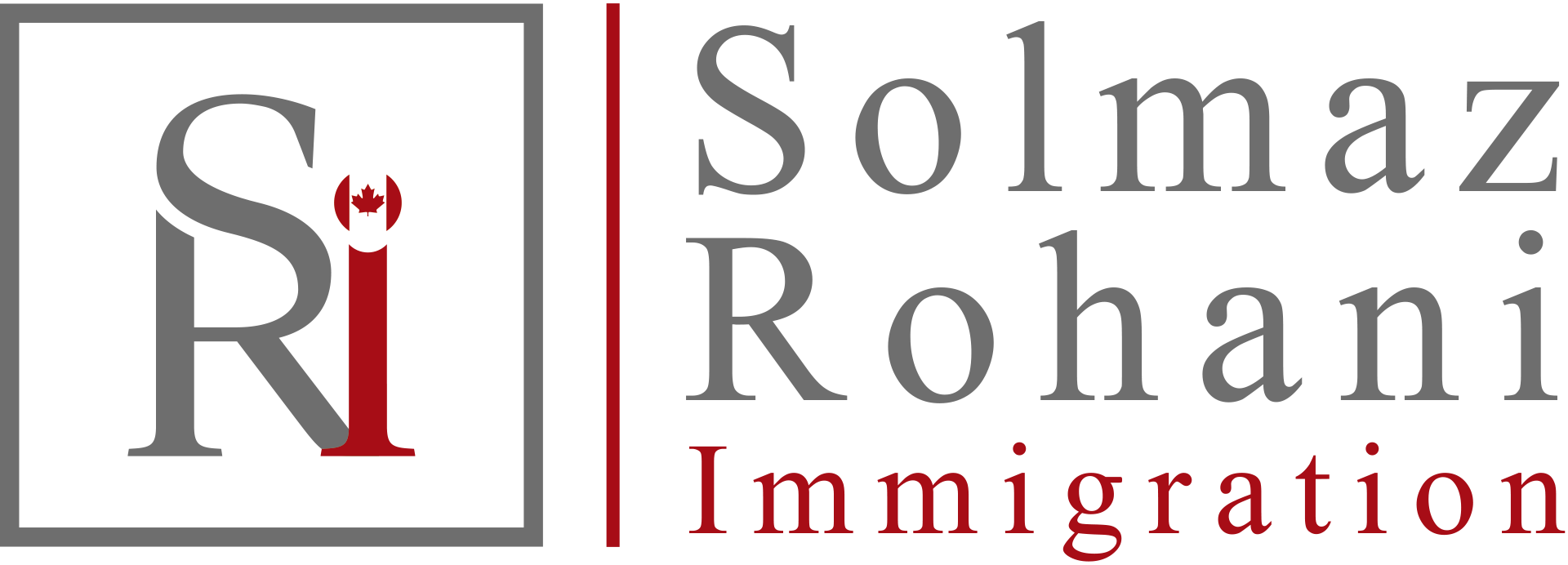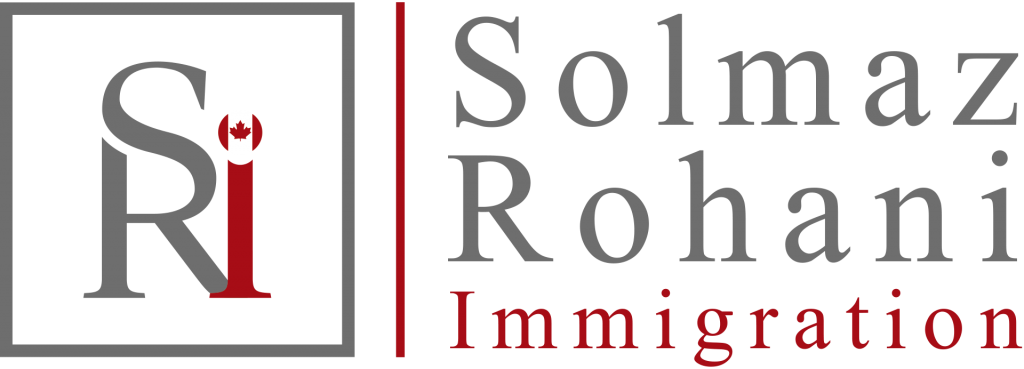Alberta, the westernmost of Canada’s three Prairie provinces, shares many physical features with its neighbours to the east, Saskatchewan and Manitoba. The Rocky Mountains form the southern portion of Alberta’s western boundary with British Columbia. Alberta was named after Princess Louise Caroline Alberta, fourth daughter of Queen Victoria. The province is home to the country’s largest deposits of oil and natural gas.
Alberta is divided by three of Canada’s seven physiographic regions. These three regions are the Cordillera, Interior Plains and Canadian Shield. However, the vast majority of the province falls within the Interior Plains region. The Interior Plains may be further divided into prairie grassland, parkland and boreal forest. The prairie portion includes most of southern Alberta. This gently rolling grassland is relatively dry and mostly treeless. The parkland region predominates in central Alberta. This area varies from the flatland of old lake bottoms to rolling landscape with numerous lakes and depressions. The boreal forest region covers the northern half of the province. Here great rivers and lakes dominate the landscape, draining northward to the Arctic Ocean. In Alberta’s southwest corner an area of foothill ridges rise to the Rocky Mountains, forming part of Canada’s Cordillera region.
The prairie region of southern Alberta includes both short-grass and mixed-grass. These grasses include blue grama and western wheat grass. The parkland regions of central Alberta and the Peace River country are characterized by tall grasses and aspen trees.
The boreal region of northern Alberta includes forests of aspen and white birch in the south, and white spruce, larch and black spruce farther north. Balsam fir and jack pine are also found in eastern areas. Alpine fir and lodgepole pine grow in the west. Alpine fir, white spruce and lodgepole pine dominate the lower elevations of the Rocky Mountains. At higher elevations, scattered stands of black spruce and alpine larch are interspersed with lichens and alpine flowers in alpine meadows.
The small Milk River basin in southeastern Alberta drains through the Missouri and Mississippi rivers south to the Gulf of Mexico. The rest of southern Alberta is drained by the South and North Saskatchewan river basins east to Hudson Bay via the Nelson River system. Northern Alberta is dominated by the Athabasca, Hay and Peace river basins. These basins drain north through the Mackenzie River to the Arctic Ocean. Lake Claire and Lesser Slave Lake are the two largest lakes entirely within Alberta. (See also Geography of Alberta.)
Alberta’s economy has traditionally been based on primary resource exploitation and dependence on external markets, with prices and revenues largely determined by outside economic and political forces. During the late 19th and early 20th century, for example, several factors perpetuated Alberta’s reliance on resource-based economic activities, including the sparse population, the policies of the federal government (particularly the provisions of the Dominion Lands Act) and geographical conditions.
In the 18th century, Alberta’s economy was based in the bison robe and fur trade, developing in the 19th century into ranching and eventually grain growing. The completion of the Canadian Pacific Railway in 1885 provided market routes for Alberta grain, as well as aiding the penetration of eastern Canadian manufactured goods. Agriculture remained the dominant economic activity until the discovery of oil in the Leduc field in 1947. Since then, the agriculture industry in Alberta has been surpassed in net product value by the oil and gas industry.
A rapid rise in the world price of oil in the early 1970s drove the Alberta economy to unprecedented and rapid growth. After a decade of financial boom, driven almost entirely by profits created through the petroleum industry, the nationwide economic recession of 1982–83 hit Alberta hard. Construction slowed, retail sales dropped and unemployment rose from four per cent to over 10 per cent.
During this time, investment and spending declined, and years of little or no economic growth were made worse in 1986 when world oil and grain prices significantly dropped. Despite repeated provincial government promises in the 1970s and 1980s to use the enormous royalty revenues generated from oil and gas sales to diversify the economy, it was not until the late 1980s that Alberta diversified into the forestry sector. In the mid-1990s, Alberta’s fortunes rose with once again higher world prices for its oil and natural gas. High oil and natural gas prices in the early 2000s further strengthened Alberta’s economy. However, Alberta’s economy continues to rely on primary resource extraction and remains subject to the destabilizing effects of external economic and political fluctuations.
In July 1969 Alberta entered the federal medicare scheme and continues to provide publically-funded universal healthcare. As in other provinces, the funding for Alberta’s healthcare is provided by both the Canadian federal and Alberta provincial governments. The Alberta Ministry of Health is responsible for health policy, and Alberta Health Services, a department of the Ministry of Health, is responsible for providing health services throughout the province.
Like other provinces, some privatization of healthcare exists in Alberta; nonessential services, such as optometry, dentistry and cosmetic surgery, are not part of the publically-funded health care. Prescription medication is only partially covered by government funding. However, despite a trend towards increased privatization that has appeared since the cutbacks initiated by the Klein government in the 1990s, in compliance with the Canada Health Act of 1984, physicians are no longer able to engage in “extra billing” (i.e., charging for a service paid for by the provincial insurance plan) and Albertans continue to support publically-funded healthcare.
The first schools in Alberta were founded by Catholic and Protestant missionaries in the mid-1800s. The North-West Territories School Ordinance of 1884 established a dual system of Catholic and Protestant schooling based on the Québec model. Religious groups such as Hutterites, Mennonites and the Christian Reformed Church gained their own educational privileges, either within the framework of public education or through self-supported private schools. However, subsequent Protestant settlement and the determination of territorial political leader F.W.A.G. Haultain saw the gradual weakening of religious duality in education.
Alberta became a province, and therefore became responsible for providing public education, in 1905. The new province established a system based on the Ontario model — one provincial educational system, allowing local provision for the dissenting religious minority, known as separate schools, but excluding mandatory province-wide separate schools. Ontario also provided the initial model for programs of study, course content and grade structures, a model that lasted until the 1930s. In the 1930s, however, Alberta made a number of innovations in their public education system and introduced the separate junior high school and a new course, social studies, which combined history, geography and political science. Alberta further altered the administration of rural education, expanded adult education and initiated programs for the economic and professional betterment of teachers in the 1930s.
Public education in Alberta is a shared responsibility of the provincial government, through the Ministry of Education, and the local public and separate school boards. As part of the financial cutbacks initiated by the Klein government, Alberta led the nation in reducing public expenditures on education in 1994.
Post-secondary education is under the jurisdiction of the Ministry of Innovation and Advanced Education. Provincial grants, which have been cut drastically since the 1990s, partially fund the public post-secondary institutions in the province; the remaining funds needed to operate come from tuition fees and other sources. The province’s universities — Alberta, Calgary, Lethbridge, Athabasca, MacEwan and Mount Royal — are all public, nondenominational institutions. The University of Alberta, the University of Calgary and the University of Lethbridge are classified as Comprehensive Academic and Research Institutions, offering undergraduate and graduate programs, as well as extensive research programs. Athabasca University is also classified as a Comprehensive Academic and Research Institution but differs as it is primarily a distance learning institution. Grant MacEwan University and Mount Royal University are classified as Baccalaureate and Applied Studies Institutions, offering some undergraduate degrees, and various applied diplomas and degrees. Other components of the public, post-secondary sector include the major technical institutes, the Northern Alberta Institute of Technology (NAIT) and the Southern Alberta Institute of Technology (SAIT), located in Edmonton and Calgary respectively. The province also has 11 comprehensive community colleges and two specialized arts and culture institutions — The Banff Centre and the Alberta College of Art and Design. These colleges offer a variety of university transfer, vocational and high school upgrading courses. Amendments in 1995 to the Public Colleges and Technical Institutes Acts permit the public colleges and technical institutions to offer applied degree programs, subject to ministerial approval.
Alberta is also home to a number of independent academic institutions. Ambrose University College, Canadian University College, Concordia University College, The Kings University College, St Mary’s University College and the Taylor University College and Seminary offer various undergraduate degrees, a few specialized graduate degrees, mostly in the liberal arts and specialized religious training. Additionally, there are 140 licensed private vocational schools throughout the province.



